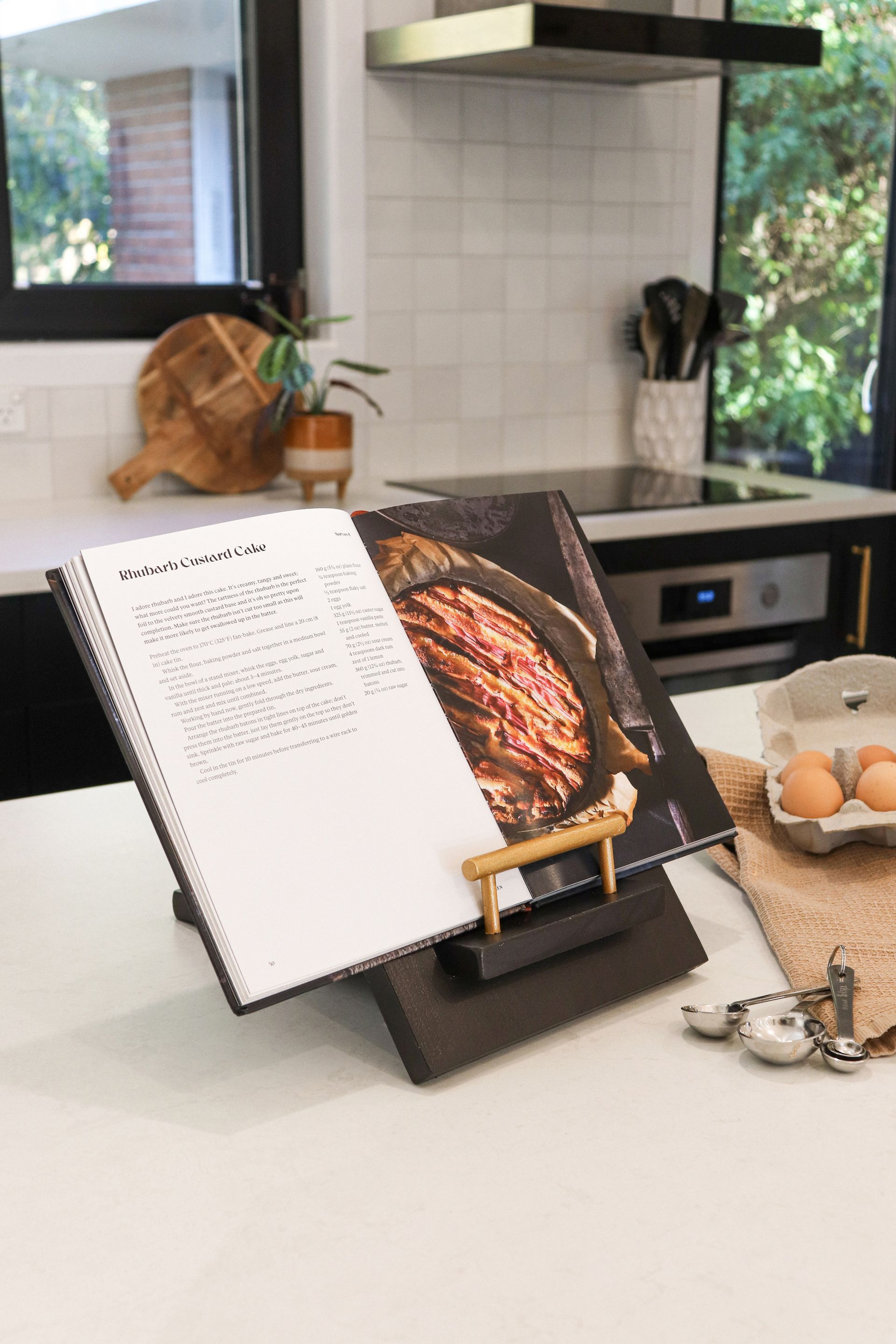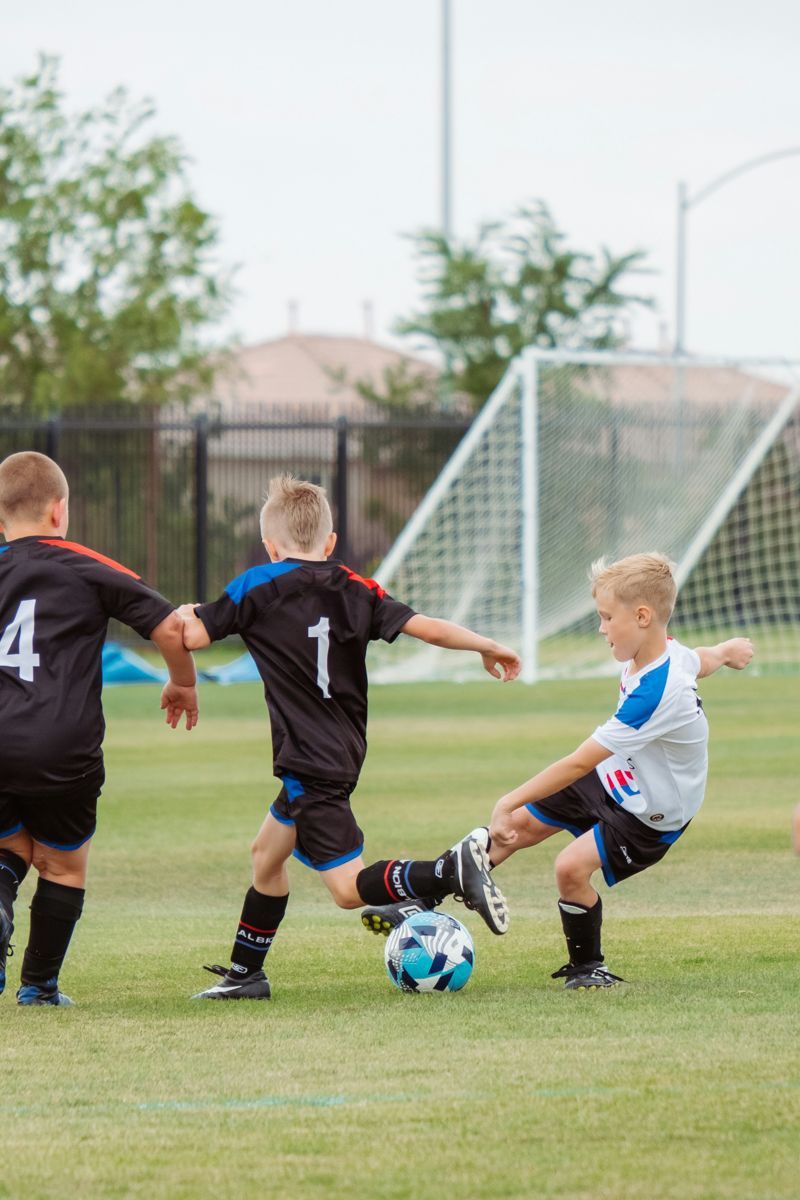Offering both fixed wing and helicopter flights over the most spectacular scenery in New Zealand, the Raywards’ passion for flying has propelled a successful family business, with three generations bringing Air Safaris to great heights.
A high-country sheep station seems an unlikely birthplace for an airline, yet in 1970 the inaugural flight of Air Safaris departed from Mesopotamia Station in the Rangitata Valley, South Canterbury. The company’s only plane, a little Cessna 180, took just three passengers.
Fast-forward to 2022 and I am chatting with owners and directors Richard Rayward and son Tim to learn of the company’s 52-year journey to becoming one of the leading scenic flight operators in Aotearoa. We are in the office-cum-smoko room of Air Safaris’ Tekapo Airport terminal. Richard, founder and CEO, jokes that one of his roles is chief tea maker and proceeds to ensure everyone has a cuppa on hand as we chat.
Richard and Tim are understandably proud of what they have achieved. Their company offers both fixed wing and helicopter flights over the most spectacular views of Aoraki Mount Cook and Westland Tai Poutini World Heritage National Parks. Their helicopter flights enable passengers to land on snow or in remote parts of the alpine region. They also offer chartered flights and have special wedding and engagement packages. They built from scratch and own Tekapo Aerodrome where they have invested heavily in the capital infrastructure with sealed runway, large hangars and an airport terminal with ample carparking. They now have a fleet of seven piston and turbo prop single and twin-engine aircraft that seat from five to 15 passengers each, along with a Bell 206 L3 LongRanger helicopter. They also have a smaller operation running from their own airport at Franz Josef. At their peak, pre-Covid, they were flying some 20,000 scenic passengers a year. They have a tightknit team of staff whom they chose carefully; working in a busy family-run business in a high-country environment with unpredictable weather is not for everyone. They pride themselves on having a reputation for ‘great personal service and value for money’.
At 80 years old, Richard remains hands on in the business, and still flies. He is clear about what it is behind his and the business’ longevity. ‘What’s uplifting is a lot of the reason that we are still here – it is the pleasure you get out of people’s enjoyment. It is very unusual that people don’t come back absolutely buzzing – on a high with what they have done. And very frequently they say, “That’s the best thing I have ever done!” And that is like a drug almost. It’s what makes the job really enjoyable … and then there is the challenge of providing that enjoyment even when the weather is not ideal.’
Richard has a flying career of over 55 years. His hankering to fly started as a young boy as an avid reader of aviation books. Then as a young cameraman working for the National Film Unit, he became smitten with flying as he regularly filmed in remote locations using aircraft. When he happened upon a sign in Wellington advertising trial flying lessons at Wellington Aero Club, he and his cameraman mate immediately seized the opportunity. Intent on gaining his Commercial Pilot Licence, Richard took a gamble to build up his required flying hours. He bought an ex-topdressing aircraft and spent two years in South Westland and Fiordland focusing on remote area and short airstrip flying. Along with friend Bruce Jenkinson, a well-known climber and mountain guide, he actually ‘scratched out’ a high-altitude airstrip in the shadow of Mount Hooker. Ros, Richard’s Australian-born wife, lived the adventure travelling around with him, often camping out in a tent under the wing of the little plane. Not many wives would be happy to see a deposit for their first home go into the purchase of an aircraft, but Ros never baulked at the concept. Richard hunted deer and sold venison to cover costs.
When the Cessna was due for a major overhaul and needed a renewed Certificate of Airworthiness, the young couple moved to Timaru. Richard had worked in an aircraft engineering business for three years when serendipity brought the founders of Air Safaris together: Malcolm Prouting owned Mesopotamia Station; Laurie Prouting, Malcolm’s son, was also a pilot; Graeme Murray was in the travel industry; and Richard had the plane and was pilot, guide and managed the company while developing the scenic flying and charter operation. To run the business Richard, Ros and their two small children, Tim and Bridget, moved up to Mesopotamia Station.
Initially, the business revolved around flying hunters, fishermen and photographers into the remote reaches of the station and progressed into flying overseas tourists as well, having stay-overs in remote station huts and giving guests an authentic station experience. Malcolm’s wife Thelma often accommodated overseas clients in the station homestead. In 1974, despite a great team relationship, a growing social disquiet throughout the country over station owners running tourist operations on their land meant the Proutings felt it wise to withdraw from the company. The operation and Richard’s family shifted to Tekapo where they enjoyed the support of township accommodation providers as the company ran scenic and chartered flights from a rough airstrip at Mount John Station, close to where the aerodrome is today. Tekapo, being on the South Island’s main tourist route had obvious advantages over the isolated Mesopotamia Station. The company’s early market of youth hostellers and those on camping tours rapidly widened and grew. The business ran as a partnership with Richard and Graeme until 2002. At that point, the decision was made to run Air Safaris as a family business, with Tim by then a pilot and a senior member of the management team.
Tim started flying lessons when just 16. Despite his parents encouraging him to pursue a career in geology after he completed his degree, the pull of the mountains and flying was too strong. It is hardly surprising when according to Richard, ‘Tim was marvellous help when he was young; he was my shadow out there.’ For Tim and Bridget, the aerodrome was their second home and being flown around in aircraft was nothing unusual. Tim simply states, ‘The more you do the more it gets into your blood so to speak. You know you can grow up with it but it’s not until you’re flying yourself in the mountain on a daily basis that you start to really appreciate the environment we are lucky enough to call home. Still now you spend two days in the office, and you get a bit crabby. And you do one flight, or you are out in the hills, and you feel fresh.’
David has been the major funder and driver of the resource consent that was recently granted to Upshot Coffee to continue operations as a takeaway coffee outlet on Bridle Path Road. ‘Whilst there were a number of difficult planning issues to address, it seems the support of 2,000 petitioners might have been helpful,’ he says. ‘Urban design should focus on people, property and places and that is what we were able to achieve when supporting Upshot Coffee’s application.’
He remains critical of some new developments. ‘The requirement by ECan for developers to produce 15 house sites per hectare on new green field developments has not produced great results. Sameness prevails. Sometimes beautiful mature trees are being destroyed in order to achieve the 15 sites. All residential areas need large trees. The large Beach Grove development at Kaiapoi, while an intensive housing site, is a development that mixes house styles, colours and form and avoids the sameness that many developments on the outskirts of the city display.’
David and his wife Yvonne reside in the Redcliffs area, enjoying the ‘views, hillside walks and garden’ and have two children, Carl and Nicoli, who each have a son and a daughter. They travel extensively, which David relishes. ‘Our last trip in 2019 included a bus trip across the Baltic States then to Saint Petersburg across the lakes, and down the Volga to Moscow.’
As a young boy, David’s father used to call him the ‘wild man from Borneo’ – was this simply a planted seed or a prophetic vision by his insightful journalist father?
Recent stories








